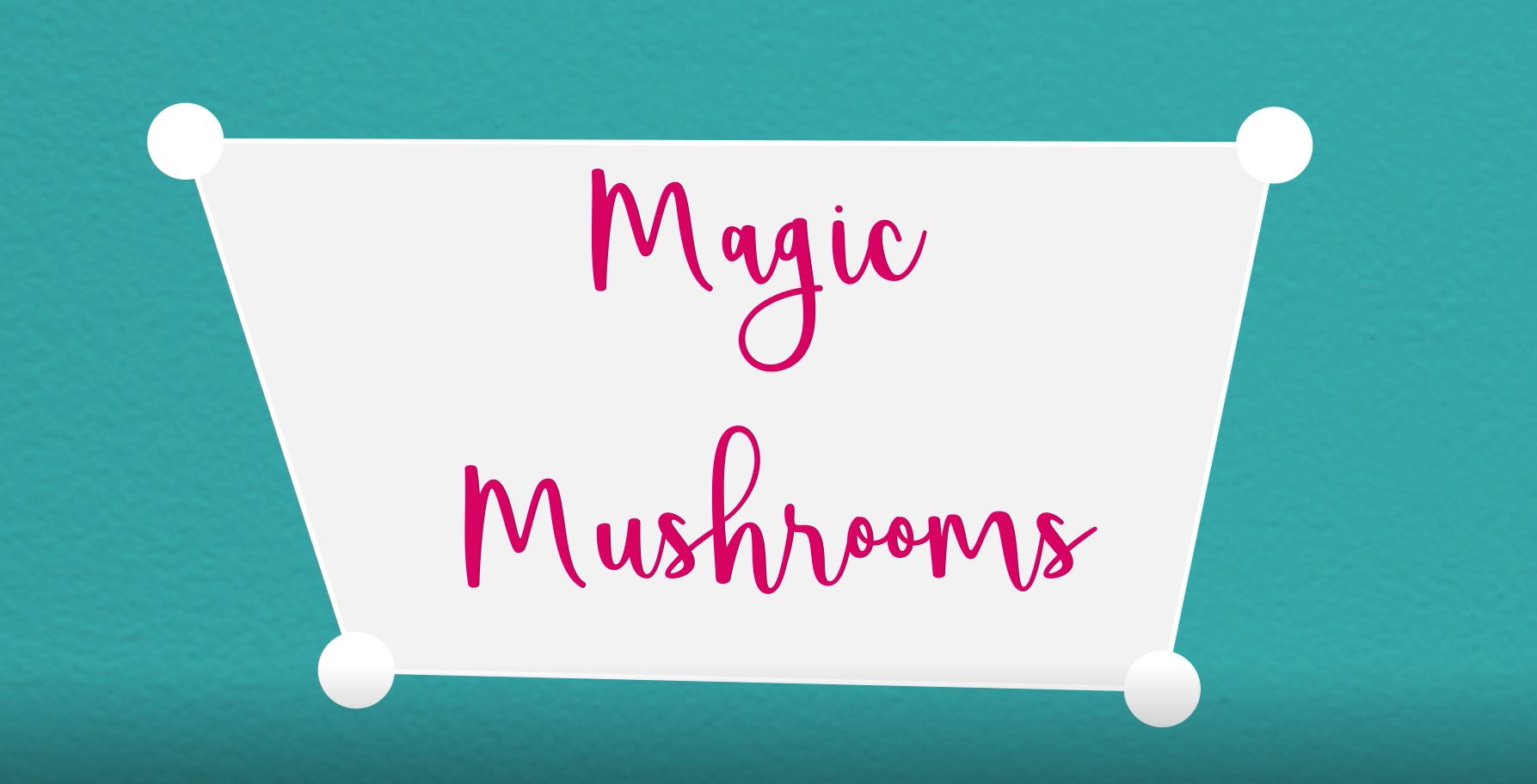
streaming video
|
Magic Mushrooms (Penicillin): Science in Progress.
Copies
0 Total copies, 0 Copies are in,
0 Copies are out.
Digital Link
Authors
Subjects
Language
English
Series







